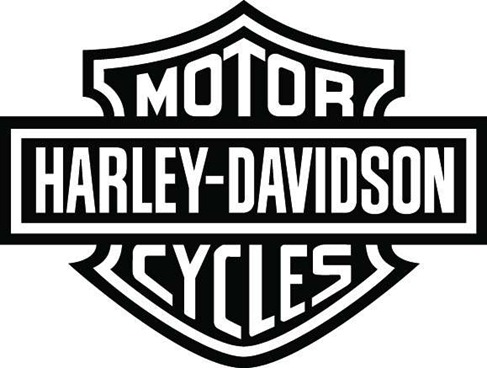Your brand is more than a logo or a color palette; your brand is your business' personality. It’s how you consistently show up online and off. Your brand is the way you make people feel and how people remember you. It’s what draws people in and convinces them they like you, and in the service industry, whether or not people like you often determines if they’ll book you.
That makes it especially important to show your customers a clear, consistent and compelling image of who you are and what you offer that sets you apart from the competition.
Clarifying your brand personality starts with three basic questions:

1. What are the top adjectives you use to describe your brand?
Brand adjectives determine the content, voice and visual appeal of your brand.
The easiest way to generate brand adjectives is by beginning with a basic brainstorm. Think of 3-5 adjectives that you associate or want to associate with your brand. Are you “elegant, refined and positive”? “Down-to-earth, warm, and straight-forward”? Perhaps “outdoorsy, simple, and adventurous”?
The catering + events show of the year is back! James Beard Award winners, TED style keynotes, influencers galore, and food for days. See all that’s in store here!
Once you’ve landed on a vivid image that describes your brand’s essence, you can do a quick 30-minute marketing audit. Look at your entire marketing mix, including website, social, media, email marketing and any other platform you're using to promote your business. Make sure what you’re presenting and saying is “on-brand” with your key adjectives. Ask yourself if your clients would describe your marketing materials with at least one of your brand adjectives. Just as importantly, ask yourself if they might come away with the wrong idea. If you want your customers to think “elegant,” don’t post that video of your staff dancing on the tables (no matter how much you love it). Keep tweaking your photos and text until your message is on point, consistent and unmistakable.
2. How do you want people to feel about themselves when they interact with your brand?
Empowered? Clever? Luxurious? Confident? Playful? Like a rebel?
How people feel about your brand says as much about them as it does about you. Sure, you're a facilitator and a catalyst, but when people are drawn to your brand, they are also saying something about their own preferences, ambitions, hopes and dreams.

Logo: Harley Davidson
One outstanding example is Harley Davidson. Harley Davidson customers don’t just own a motorcycle—they feel like real rebels when they don their leathers and go out for a ride. For many enthusiasts, a Harley isn’t a vehicle, but a lifestyle—some even get tattoos of the Harley Davidson corporate logo. The loyalty and attraction of Harley Davidson motorcycles go far beyond the product itself. People ride Harleys because of how they feel and what it says about them.
How will people feel when they use your service or product? What experience are you creating? Your brand image should evoke a positive, personal response in your customers. They should want to be a part of your “scene” and one of the gang.
3. What promises can you make your clients (that your competition can't)?
This is where the best brands shine.
Think of some of the most popular companies; Starbucks promises its patrons an unhurried, upscale environment to relax for hours, do work or meet friends and have an elaborate coffee drink. Starbucks promises a secret menu that makes patrons feel special, clever and unique.
Dunkin' Donuts, on the other hand, promises its patrons fresh-baked donuts every day and piping hot drip coffee served black, light, or sweet. Dunkin’ Donuts promises fast service from a clean, efficient, no-nonsense store you can run in and out of on the way to work.
Each brand sells coffee, but the way they do it is vastly different. You won’t ever mistake a Starbucks for a Dunkin’ Donuts, and vice versa. Your brand as well should be as unique and suited to your service as you can make it.
Determining the look and feel of your brand and making sure your marketing and promotional image match your vision is the ticket to drawing in the clients you really want to work with.
Strive to be as unique to your niche as you can be, and emphasize what you offer that your competition doesn’t. Don’t try to be all things to all people! Do what you do and own it, and your ideal customers will recognize you as a kindred spirit. The more your brand provides a clear, relatable, interesting and accurate impression of your service or product, the more people feel they know you and can decide they like what they see.



